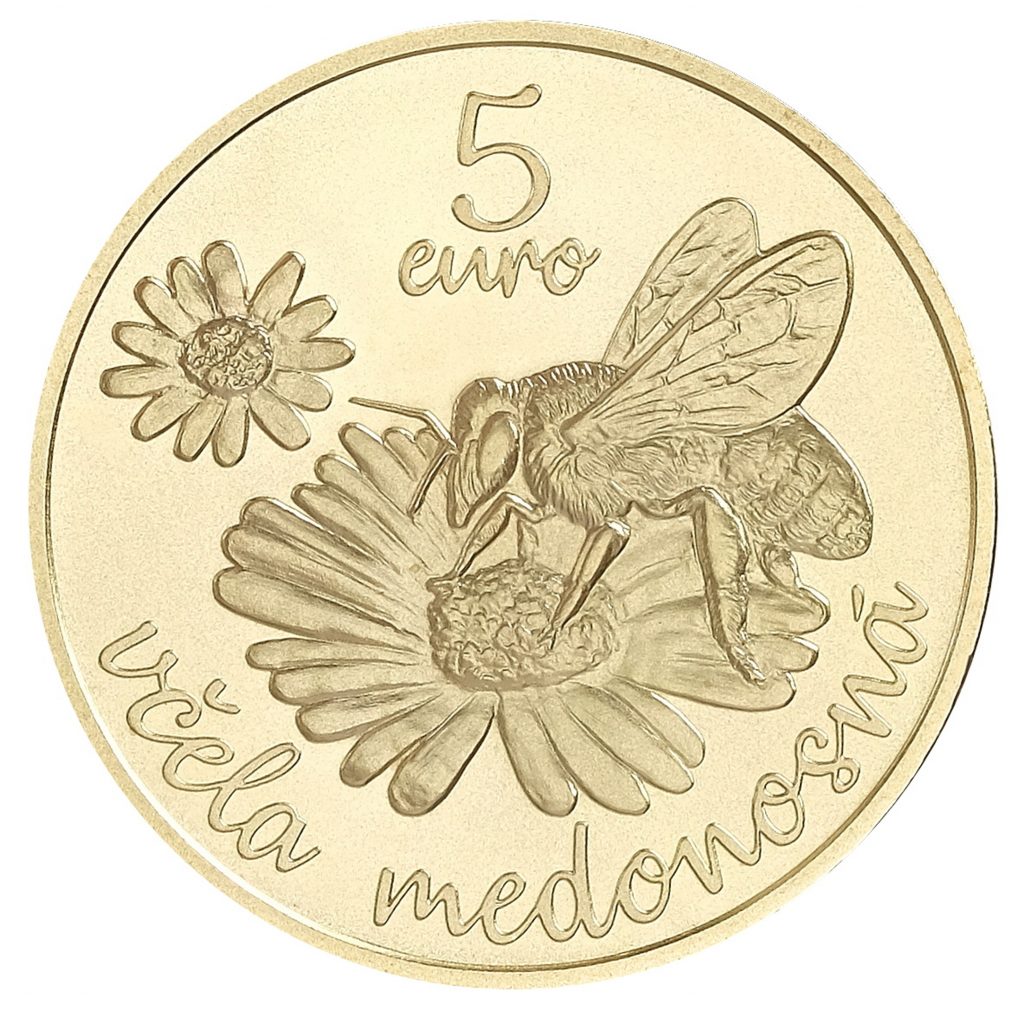-
NBS Tasks
Browse topics
- Monetary policy
- Financial market supervision
- Financial stability
- Banknotes and coins
- Payments
- Statistics
- Research
- Legislation
-
Publications
- Activity Report of the NBS Innovation Hub Annual Report Economic and Monetary Developments Financial Stability Report Investment Policy Statement of the National Bank of Slovakia Macroprudential Commentary Policy Briefs
- Report on the Activities of the Financial Market Supervision Unit Research Papers: Working and Occasional Papers (WP/OP) Statistical Bulletin Structural Challenges Other publications Sign up for your email notifications about publications
- About the Bank
- Media
- Frequently asked questions
-
For the public
Browse topics
- About the Bank
- Exchange rates and interest rates
- Banknotes and coins
- Payments
- Financial stability
- Financial market supervision
- Statistics
- Legislation
-
Publications
- Activity Report of the NBS Innovation Hub Annual Report Economic and Monetary Developments Financial Stability Report Macroprudential Commentary
- Report on the Activities of the Financial Market Supervision Unit Research Papers: Working and Occasional Papers (WP/OP) Statistical Bulletin Other publications Sign up for your email notifications about publications
- Frequently asked questions
- Media
- Careers
- Contact
Fauna and flora in Slovakia – the honeybee
€5 base metal collector coin
The honeybee is a distinctive member of the Apidae family. In Slovakia, these bees are the only ones bred in hives, producing for us not only precious honey, but also pollen, beeswax, venom, royal jelly, and propolis used in medicine. Honeybees are also unique in that they survive the winter as a colony, maintaining a continuous life cycle. Hence in early spring they are already acting as important pollinators of agricultural crops and other vegetation. Bees must visit flowering plants in order to collect their two essential sources of nutrition: nectar, a sugar-rich source of the energy they need to fly and survive the winter; and pollen, a protein-rich substance that they use as nutrition during their stages of development. Bees are a social insect, notable for their division of labour, communal care of their young, and ability to survive unfavourable periods by thermoregulating the colony and building up stores. The coin design depicts what for humans is the most important activity of bees – pollination – and at the same time shows the bee as a symbol of diligence and industry.
-
Coin description
Obverse:
The obverse of this euro collector coin depicts three bees on a honeycomb, the bottom right of which is overlain with the Slovak coat of arms. At the base of the design, inscribed in cursive script, are the name of the issuing country ‘SLOVENSKO’ and the year of issuance ‘2021’, one above the other. Between the image and the country name are the mint mark of the Kremnica Mint (Mincovňa Kremnica), consisting of the letters ‘MK’ placed between two dies, and the stylised letters ‘KL’, referring to the coin’s designer ‘Karol Ličko’.Reverse:
The reverse image consists of two flowers with a honeybee sitting on the larger of them. At the top of the design, shown in cursive script one above the other, are the coin’s denomination ‘5’ and currency ‘EURO’. The inscription ‘Včela medonosná’ (Honeybee) appears in semicircle at the bottom.
-
Coin details
Designer: Karol Ličko Composition: brass MS63 Weight: 19.1 g Diameter: 34 mm Edge: milled Producer: Kremnica Mint Engraver: Dalibor Schmidt Issuing volume: Initial mintage in 2021: 45,000 coins
Additional mintage in 2023: 15,000 coins (with 2021 as the year of issuance)
Additional mintage in 2024: 8,000 coins (with 2021 as the year of issuance)
For the Bank’s promotional purposes, 1,500 of these collector coins were packaged in a green coin box.Issuing date: 22 July 2021

